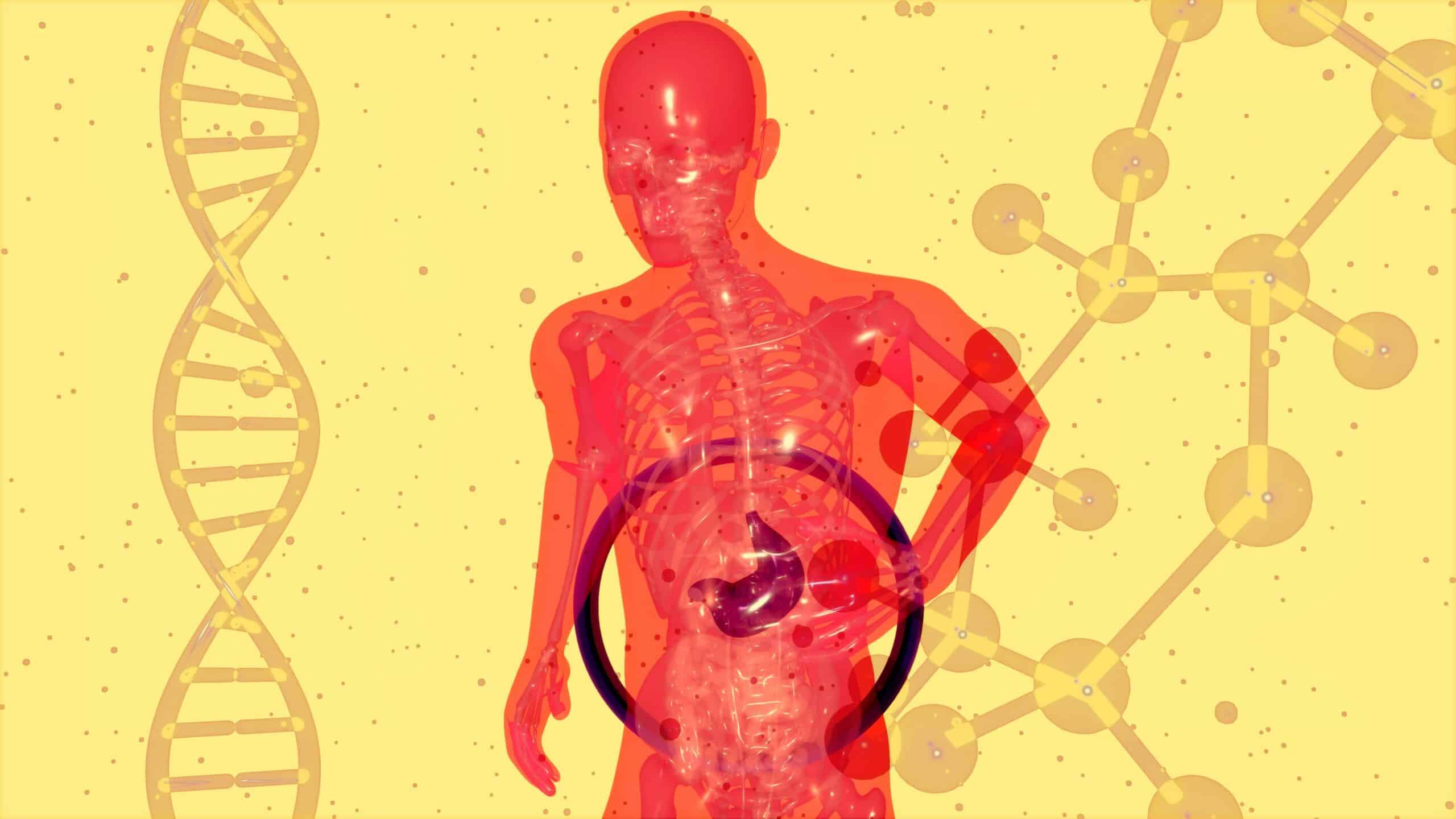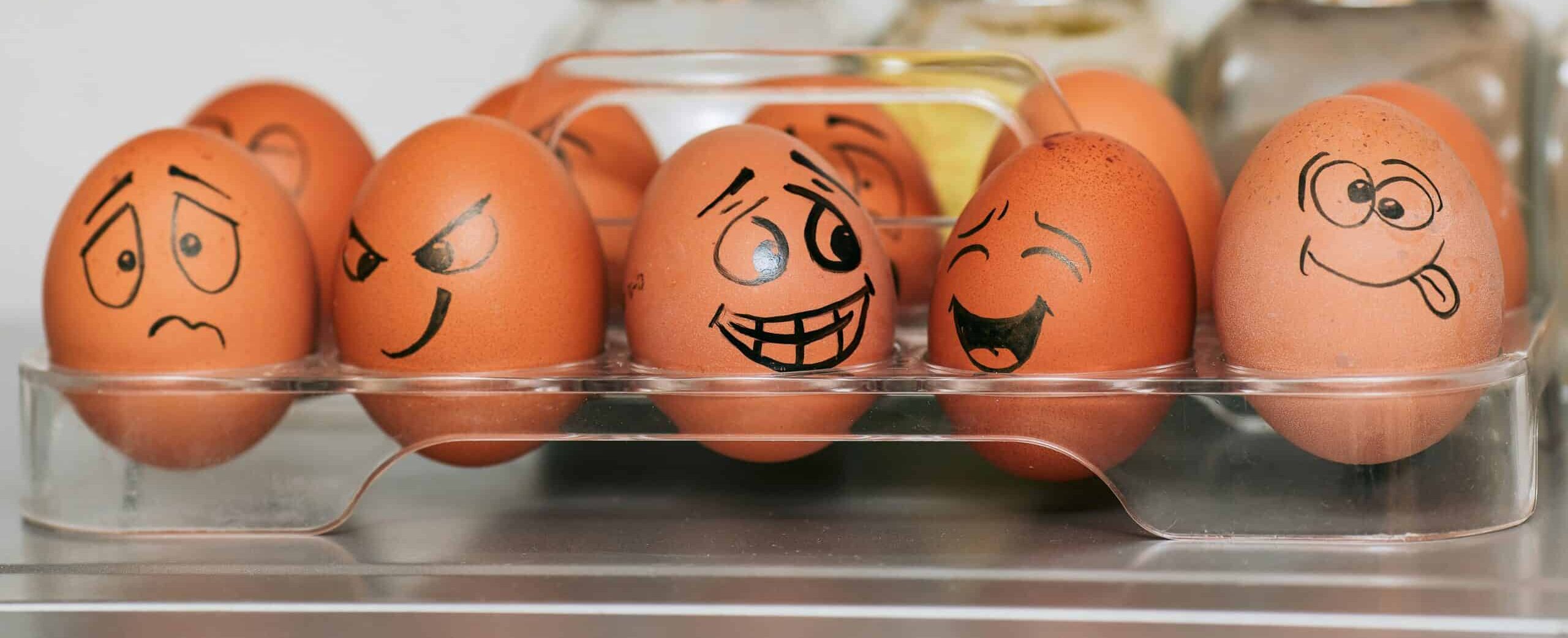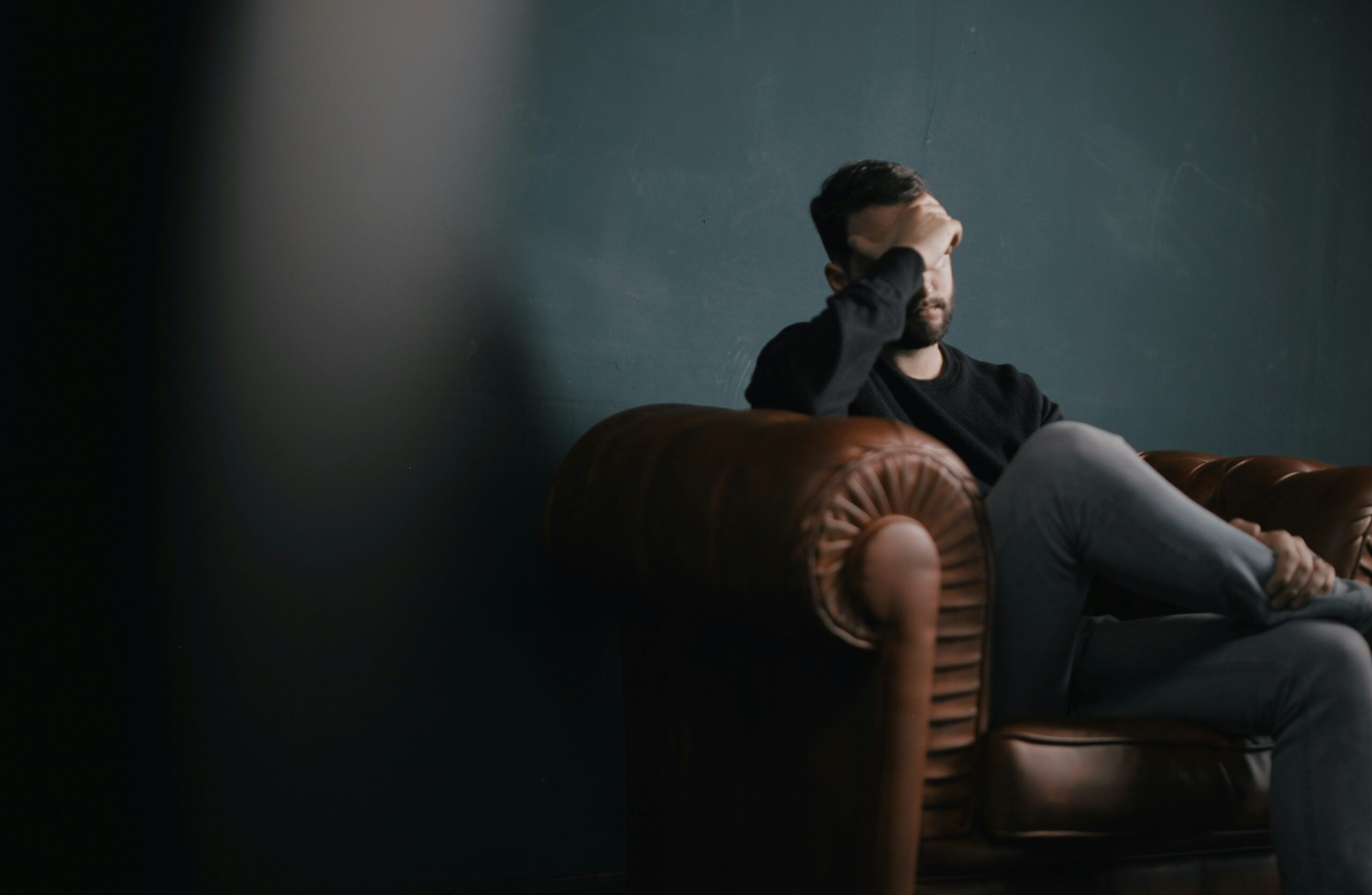Floridians will vote on November 8th on a constitutional amendment that will legalize medical marijuana in the state, if adopted. Recent polls indicate that this time, it will surpass the necessary 60 percent approval margin. In 2014, a similar measure failed to achieve this required supermajority but received a 57.6 percent ‘yes’ vote. Following the ballot, Florida’s state government enacted the Compassionate Medical Cannabis Act which became effective in 2015. The program allows for access to non-smoked low-THC marijuana for qualified patients. The Florida Medical Marijuana Legalization Initiative, also known as Amendment 2, now on the ballot explicitly allows medical marijuana to be provided as a treatment for patients with a “debilitating medical condition” defined as “cancer, epilepsy, glaucoma, positive status for human immunodeficiency virus (HIV), acquired immune deficiency syndrome (AIDS), post-traumatic stress disorder (PTSD), amyotrophic lateral sclerosis (ALS), Crohn’s disease, Parkinson’s disease, multiple sclerosis, or other debilitating medical conditions of the same kind or class as or comparable to those enumerated, and for which a physician believes that the medical use of marijuana would likely outweigh the potential health risks for a patient.” Opponents of marijuana legalization argue the “other conditions” clause will throw the door wide open and patients with any kind of pain, nausea, or anxiety issues will be able to get legal access to cannabis products. Dr. Jessica Spencer is the policy director of Vote No On 2, a group campaigning against the legalization of medical marijuana. She told me that most people in Florida believe medical marijuana will be dispensed by pharmacies. “When people hear the description ‘medical’ they think the substance will be prescribed by a medical doctor and dispensed by a pharmacy. They are usually quite surprised to hear that the marijuana products will be distributed by so-called ‘medical marijuana treatment centers’ which are not medical facilities or pharmacies.” Judging from what has been happening in other states, these “treatment centers” will basically be pot shops. No pharmacists will be preparing marijuana products for Floridians because cannabis is not a substance approved as medication by the Food and Drug Administration (FDA). No medical doctor can legally prescribe it, they can only issue “recommendations.” In fact, the federal government recently confirmed the status of cannabis as a schedule I controlled substance with “no currently accepted medical use” and a “high potential for abuse.” The potential for abuse is significant as today’s marijuana is much more potent than the pot baby boomers remember from the sixties and seventies. The potency of cannabis is determined by measuring levels of delta-9-tetrahydrocannabinol or THC, the main psychoactive ingredient that gives marijuana users the “high.” In the 20th century, the THC concentration of a typical joint was much lower than it is now. In the seventies, joints averaged a concentration of about one percent. In the early nineties, the typical THC concentration had increased to three percent. Now it often exceeds 13 percent. In addition to that, cannabis is used in an even more concentrated form called hash oil or wax. So-called “dabbing” refers to the inhalation of concentrated THC products created through butane extraction. Butane hash oil (BHO) can reach incredible concentrations of over 50 percent. That is 50 joints of the seventies rolled into one. Marijuana can make people temporarily experience psychotic symptoms, says Dr. Nora Volkow, the director of the National Institute for Drug Abuse at the National Institutes for Health. With highly concentrated cannabis the probability of such symptoms seems to increase. Earlier this year, a hospital in Washington state reported an increased number of cases of psychotic episodes in people smoking hash oil. Washington legalized recreational marijuana in 2012. Americans increasingly believe that using marijuana is without significant risks but many addiction professionals think it can lead to a substance use disorder. A study conducted by the National Institute on Alcohol Abuse and Alcoholism (NIAAA) concluded that “Marijuana use disorder is common and often untreated.” Legalizing the use of a substance with questionable medical efficacy in the middle of an opioid abuse epidemic seems not likely to reduce the incidence of cannabis use disorder.

Addiction Blog
- Addiction Articles
- Addiction Recovery
- Addiction Research
- Addiction Treatment Programs
- Aftercare & Relapse Prevention
- Alcohol Addiction
- Christian Drug Rehab
- Covid-19
- Detox
- Drug Addiction
- Dual Diagnosis
- Family Therapy & Support
- From Our CMO
- Gender-Responsiveness Treatment
- Guest Blogs
- Health and Wellness
- Holistic Treatment
- Lakeview Health
- Men’s Addiction Treatment
- Mental Health
- News
- Pain Management
- Podcasts
- Prescription Drugs
- Press Releases
- Sober Living
- Stories of Recovery
- Substance Abuse Treatment
- Teen/Young Adult
- Trauma Treatment
- Uncategorized
- Webinar
- Women’s Addiction Treatment



